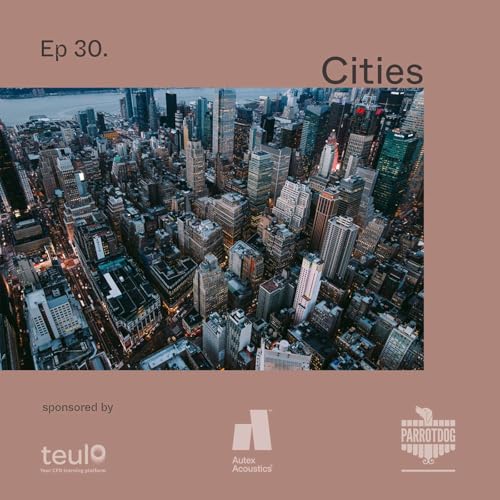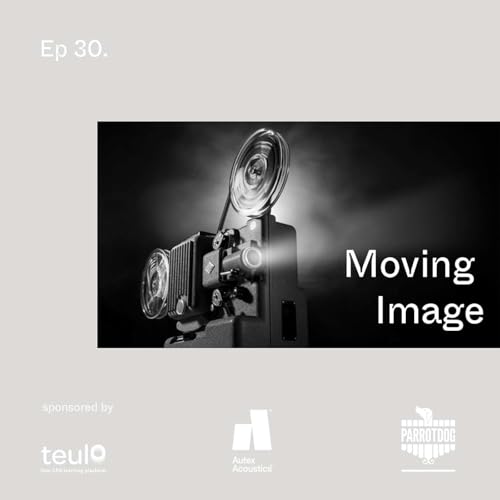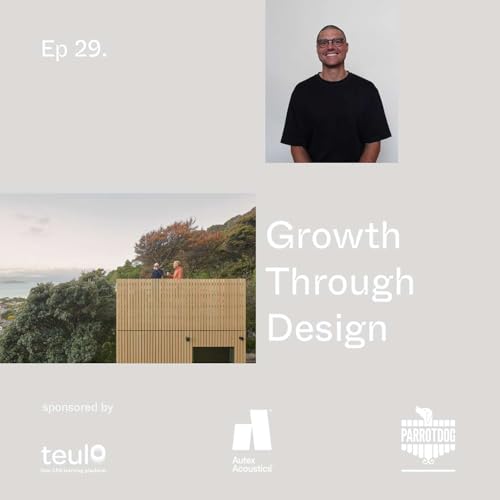Send us a text
What if a building could be more than an object on a pedestal and instead feel like a living character on screen? We sit down with two architectural filmmakers, Nikolas Struger from ravens At Odds and Veeral Patel who show how to move beyond glossy hero shots and capture the heartbeat of design: process, people, and emotion. From software and cycling photography to architecture practice and brand strategy, their varied paths lead to the same conclusion—storytelling is the missing bridge between architects, clients, and the public.
We unpack the craft behind compelling architectural film, starting with strategy. Short, vertical cutdowns can spark curiosity and build trust, while longer pieces on your site deliver depth and nuance. Preproduction is everything: treatments to align on tone and references, storyboards that map scenes to sun paths and locations, and schedules that protect the moments you can’t fake. On set, preparation meets improvisation as documentary instincts catch the unplanned gestures that make a space feel alive.
This conversation goes beyond formats to focus on value. Forget chasing view counts. Strong films create social proof, clarify process, and strengthen pitches by reducing perceived risk. We discuss budget tiers, when to choose interviews over pure visuals, and how music, sound design, or even silence can carry narrative. Nik and Veeral share examples of process-driven edits, client-led arcs, and long-form projects that track a home through years of delays, decisions, and everyday life—proof that architecture resonates most when it reflects human stakes.
If you’re tired of slick reels that say little, you’ll find practical guidance on planning light, collaborating with crews, and structuring stories that audiences remember. Subscribe, share with a colleague who needs a narrative upgrade, and leave a review telling us: which project in your world deserves a film—and why?
Please Like and Subscribe it really helps :)
Follow us on @designpriciplespod on Instagram and if you wish to contact us hit our DMs or our personal pages. We love to hear from you it really encourages us to keep going and the ideas and feedback we get from the listeners is awesome!
 57 min
57 min 56 min
56 min 51 min
51 min 57 min
57 min 54 min
54 min 56 min
56 min 48 min
48 min Jun 12 202553 min
Jun 12 202553 min

